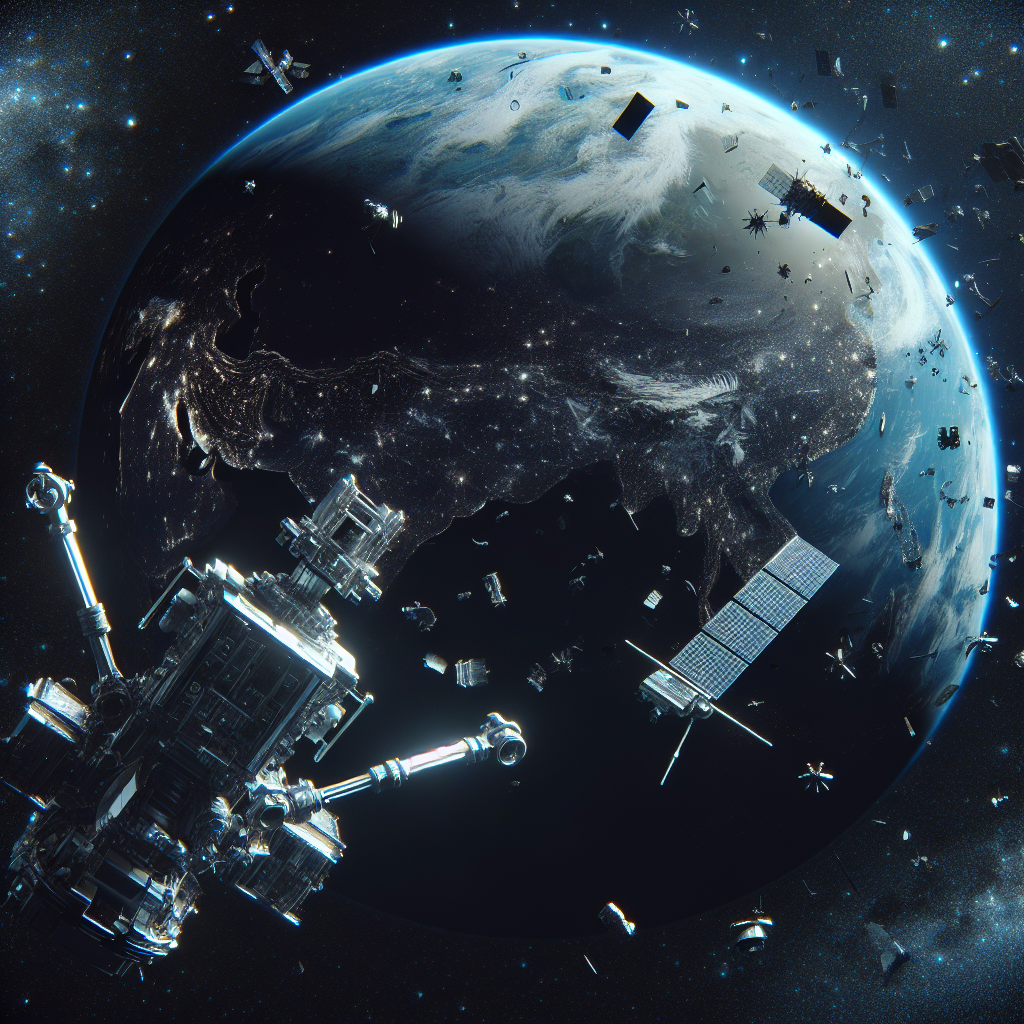The Future of Space Junk: Challenges and Solutions
Space debris, or “space junk,” has become a growing concern as the orbit around Earth becomes increasingly cluttered with defunct satellites, spent rocket stages, and fragments from collisions. This space junk poses a significant risk to active satellites and human spaceflight. According to the European Space Agency (ESA), there are about 129 million pieces of space debris smaller than 1 cm, 900,000 pieces between 1 cm and 10 cm, and around 34,000 pieces larger than 10 cm currently orbiting Earth.
Understanding the Risks Associated with Space Debris
The primary risk posed by space debris is collisions with operational spacecraft and satellites, which can lead to further generation of debris in a chain reaction known as the Kessler Syndrome. This scenario, first proposed by NASA scientist Donald J. Kessler in 1978, suggests that the density of objects in low Earth orbit (LEO) is high enough that collisions between objects could cause a cascade effect, each crash generating space debris that increases the likelihood of further collisions.
Innovative Solutions to Mitigate Space Junk
Efforts to address the problem of space junk have led to innovative solutions ranging from debris removal systems to policies aimed at preventing the generation of future debris. One notable initiative is the development of technologies like the RemoveDEBRIS satellite, which successfully demonstrated the use of a net to capture and deorbit simulated space debris.
Moreover, agencies like NASA and ESA are working on guidelines and missions that emphasize the importance of deorbiting satellites at the end of their operational life. These agencies advocate for the “25-year rule,” which suggests that satellites should be deorbited within 25 years of mission completion.
The Role of International Cooperation in Space Sustainability
Addressing the issue of space junk requires global cooperation. The United Nations Office for Outer Space Affairs (UNOOSA) plays a crucial role in promoting international collaboration to enhance the long-term sustainability of outer space activities. Through various committees, UNOOSA helps establish guidelines that nations around the world can adopt to mitigate the effects of space debris.
The future of space junk is a complex issue that hinges not only on technological innovation but also on international policy and cooperation. As we continue to rely on satellites for communication, weather forecasting, and Earth observation, it becomes imperative that we manage space debris to safeguard our orbital environment. The ongoing development of debris removal technologies and international agreements will be crucial in shaping a sustainable future in space.


